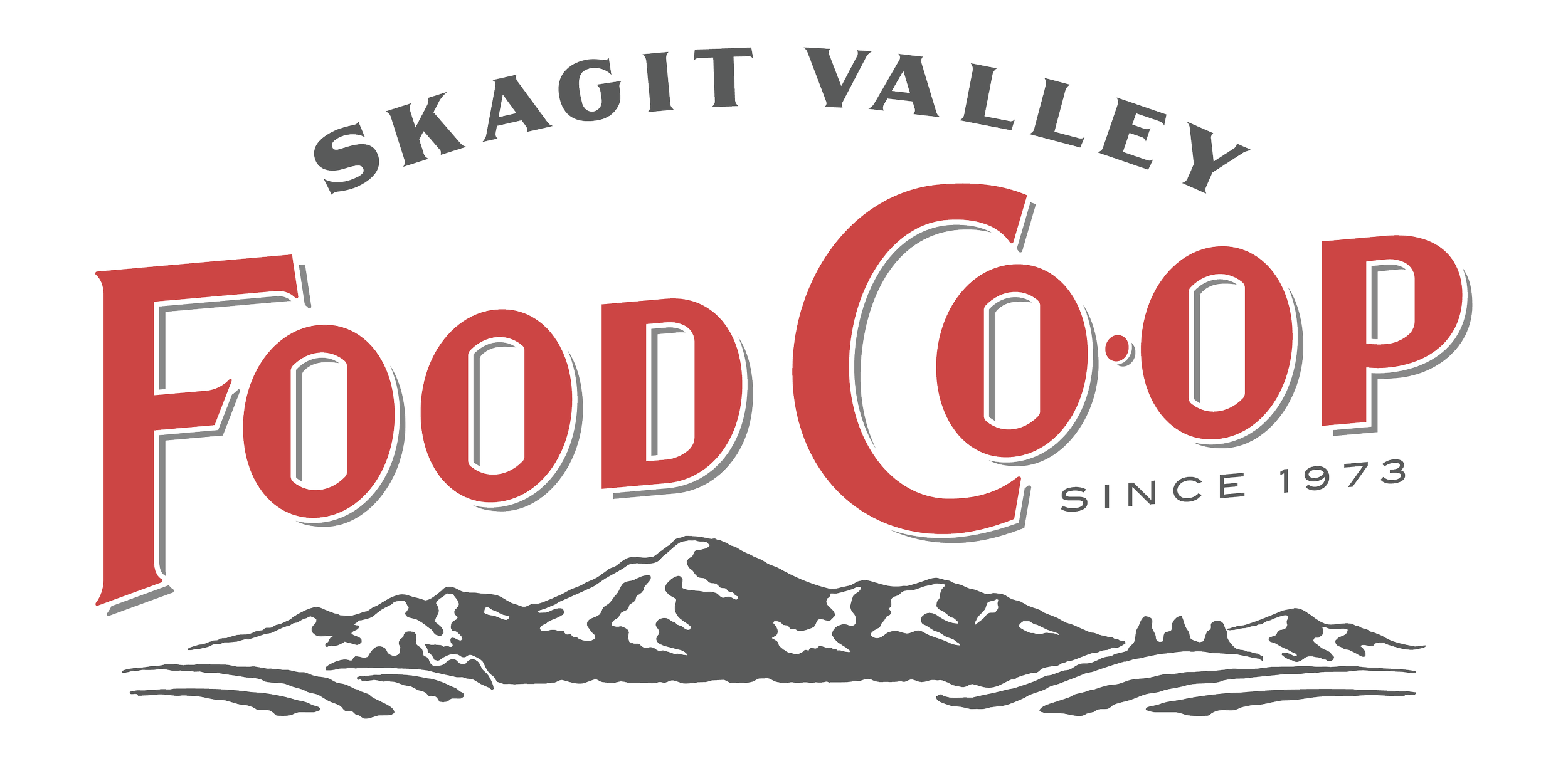Seacharrones: Seriously Habitat Forming
When you first walk past the registers in the Co-op, you’re greeted by an aisle filled with what our wellness manager Nancylee calls the “salty-crunchies.” Chips, grain-free crackers, cheese puffs, peanut butter-filled pretzels, superseed crackers… the list goes on. And if you’re looking for a new snack that’s a departure from the traditional, reach for a bag of one of our newest salty-crunchy treats: Seacharrones!
While this new snack is really its own thing altogether, the best comparison is traditional chicharrones with a seaweed twist. Seacharrones are plant-based and made from sustainably sourced kelp from the Salish Sea. In fact, Blue Dot Kitchen, the company that makes Seacharrones is on a mission to farm the sea for the greater good.
Located in the cold, clear waters of the Salish Sea, Blue Dot Sea Farm grows kelp on a suspension aquaculture farm. Here, they grow shellfish and seaweed together, where they benefit one another symbiotically. The seaweed enhances water quality and creates a habitat for the shellfish, where in turn, the seaweed is able to flourish and become a sustainable and cost-effective food source, and a future bag of Seacharrones.
Wondering what makes kelp such a sustainable food source? Let’s dive in:
Kelp creates an important habitat for underwater ecosystems. With natural kelp forests disappearing throughout the U.S., by building their own underwater kelp farm, Blue Dot Sea Farm is recreating those lost habitats, and welcoming sea life back to the area.
If you’ve ever been to a Washington State beach, you know that kelp seemingly appears on the beach out of nowhere. That’s because it doesn’t take much to grow: kelp can grow up to two feet per day on saltwater and sunshine alone. Less labor-intensive with a higher yield = a renewable resource that’s cost-effective to harvest and transform into crunchy Co-op snacks!
Kelp and other seaweeds have the power to sequester greenhouse gases: absorbing carbon dioxide and in turn producing oxygen. This essential process results in a less acidic ocean, reducing the effects of climate change.
Beyond being a sustainable snack you can feel good about grubbin’ on, Seacharrones are just plain tasty. You can find their whole line of crunchy kelp snacks in our chip aisle: Salt & Pepper, Spicy, and Umami. Salt and Pepper is pretty simple and really lets the seaweedy flavor shine through. The Spicy flavor isn’t hot-spicy, but rather has a nice smoky spiced flavor that’s reminiscent of BBQ seasonings. And Umami is well, umami. It has a nice meaty flavor that will remind you the most of a traditional chicharron.
But don’t just take my word for it. I brought a bag of Seacharrones around to our employees “for science,” and to get their reaction to this unique snack. Needless to say, they didn’t hold back. Here are some of the comments, straight from the seahorse’s mouth:
“It’s like a milder version of a chicharron.”
“If you like sushi rolls with seaweed, you’ll love these. *Cues Under the Sea Disney song*”
“I feel like a mermaid.”
“I love them. They’d be great with our garlic bacon dip, or sprinkled on top of tacos!”
“It’s kelpy!”
“Kind of like a BBQ funyun.”
“Delightfully crunchy.”
“Kind of has a miso soup flavor.”
“Can I have the rest of the bag?”
“Yum! Reminiscent of kale chips and they’re deceptively delicious”
“Very crunchy and flavorful, I love them!”
“I get it, but they’re not for me.”
“Are we carrying these? If not, we should.”
“Really good. Perfect amount of a taste of the sea.”
“So good. Very savory and flavorful.”
So next time you’re staring at the snack aisle looking for a new “salty-crunchy” that supports habitat restoration and has a unique taste of the sea, reach for Seacharrones!

